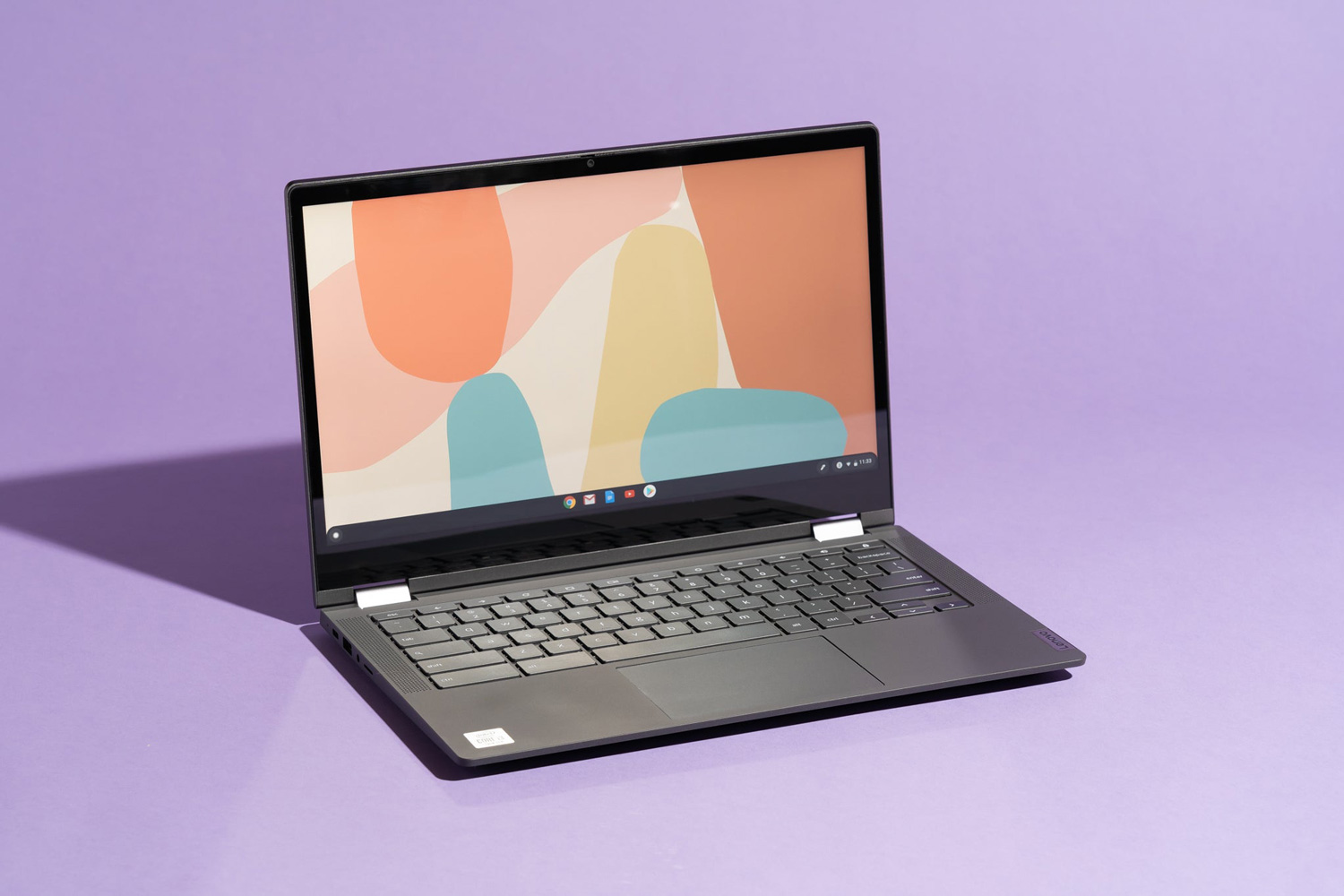STEM Computer Club Offers Something for Everyone
january 11, 2023
The Jack Abrams STEM Magnet School’s computer club has something to offer every students. Sixth year faculty advisor and fifth grade teacher Emily Lohse has been working hard to develop a program that meets the needs of all three grade levels in the building.
“There are three different computer club sessions; one each for fourth, fifth and sixth grade,” Ms. Lohse said. “I’ve planned each grade level session with a different focus, so that students who return to computer club year after year are always learning and creating new things.”
A graduate of Eastport-South Manor High School, Ms. Lohse came to Huntington UFSD in September 2017. She earned a bachelor’s degree in psychology and elementary/special education at Marist College in 2015 and a master’s degree in literacy and cognition at St. Joseph’s College in 2017.
“In fourth grade we do what I call ‘Google Slides Boot Camp’ and learn both the basics of Google Slides, such as how to change font sizes and colors and add images and backgrounds to slides, as well as more advanced skills such as adding animations, slide transitions, and other creative design elements,” Ms. Lohse said. “On the first day, I have the fourth graders share a Google Slide presentation that they’ve made in class and we look at the different design elements they used (or didn’t). Then by the last class, they create a new presentation that looks so much more creative and as professional as a fourth grader can be. It’s great to see how the students progress over the weeks.”
Fifth grade members of the computer club learn numerous types of animation techniques using a variety of websites and platforms. “We look at flipbooks and learn to create digital flipbook-style animations, then progress to animating pixelized gifs and coding to animate sprites on Scratch. This year, I’m planning to add a stop-motion component, too. I’ve been reading into using Google Slides as a platform for stop-motion animation; it’s really amazing how versatile Slides can be and it’s cool that this will build on the knowledge students learn in fourth grade computer club.”
Sixth graders design and code their own video games using Scratch. “I’ve found that a lot of students are familiar with the idea of Scratch and have spent time perusing projects and playing games that other coders have created, but most students don’t understand enough about the coding blocks to actually create their own working, playable games,” Ms. Lohse. “We start with a simple point-and-click game, where a timer counts down as sprites (sprites are the images on a Scratch computer program screen) appear and disappear in different locations throughout the game screen. When the player clicks on a sprite, a sound is heard and their score goes up.”
The games start off simple, but students who want to challenge themselves and their coding abilities have the option to add additional ‘bad’ sprites and code them to subtract points when clicked.
“Everyone ends up with a similar code, but students have complete control over the theme and design of their game using backgrounds and sprites of their choosing, as well as certain decisions such as how many sprites they use, how long their timer will run, and how many points a player can earn or lose by clicking on each sprite,” Ms. Lohse said. “As students design their games they learn not only how to code on Scratch, but also how to problem-solve and persevere through challenges.”
The club has dozens of members. “Computer club is a lot of fun and I really enjoy leading it,” Ms. Lohse said. “It has challenged me to be creative as I design and improve my curriculum each year and I’ve learned a lot myself. It’s also a nice way to get to know more kids throughout the school and to see some of the students I taught last year return to my classroom for computer club!”
